Fougasse is a traditional flatbread that originated in the picturesque region of Provence. This bread is characterised not only by its appealing shape and texture, but also by the variety of ingredients and preparation methods.
What is fougasse and where does it come from?
The origins of fougasse in Provence
Fougasse has a long and fascinating history dating back to ancient times. Originally, this bread was prepared by the ancient Romans as a type of flatbread. It was a simple bread made from wheat flour, water and yeast. The Provençal region has developed its own specialities and traditions, which are reflected in the preparation and ingredients of fougasse. Traditionally, fougasse was served as an accompaniment to various dishes and was a staple food for many families. Nowadays, it is not only popular in Provence, but has also gained international recognition.
Differences between fougasse and focaccia
Although fougasse and focaccia appear similar at first glance, there are some key differences between these two types of bread. Focaccia originates from Italy and has a softer, thicker texture. In contrast, fougasse is flatter and often features decorative incisions for an artistic presentation. The production of fougasse also includes special Provençal ingredients such as olive oil, herbs and sometimes even bacon or anchovies, which contributes to its unique flavour.
Traditional ingredients for fougasse
The ingredients for fougasse are simple but of high quality. The main ingredients are wheat flour, water, yeast and sea salt. Olive oil plays a central role in the preparation, as it gives the bread a special flavour and contributes to the crispy crust. Typical fillings and toppings include olives, herbes de Provence, sun-dried tomatoes and sometimes even cheese. These ingredients give fougasse its characteristic flavour and make it a versatile bread that goes well with many dishes.
How is fougasse made?
The importance of yeast dough for fougasse
The production of fougasse begins with the preparation of a yeast dough. Yeast is a crucial ingredient as it gives the bread its airiness and structure. The dough needs to rest sufficiently for the yeast to do its work. This resting time is important to ensure a crispy and airy end product. During fermentation, the flavour of the bread develops and the yeast produces gases that loosen the dough.
Steps for preparing fougasse
Preparing fougasse is a relatively simple process, but it does require a few steps. Firstly, the flour is mixed with water, yeast and salt to form the yeast dough. After a resting period, the dough is placed on a floured surface and rolled out. The dough is then moulded into the desired shape and the typical incisions are made. These incisions are not only decorative, but also help to make the crust crispy during baking. The final step is to bake the fougasse in a preheated oven at a high temperature until it is golden brown and crispy.
Tips for the perfect crust
A crispy crust is the hallmark of a good fougasse. To achieve this, it is important to preheat the oven properly and create a moist environment by placing a bowl of water in the oven or having a steaming kit for bread. This helps to create the steam required to develop a perfect crust. You can also brush the top of the fougasse with a little olive oil and sprinkle with sea salt before baking to add extra flavour and texture.
What variations of fougasse are there?
Popular ingredients and fillings for fougasse
The variations of fougasse are almost limitless and range from savoury to sweet. Popular ingredients include olives, which are often incorporated into the dough or used as a topping. Provençal herbs such as thyme and rosemary also lend the bread an aromatic flavour. Some variations, such as fougasse à la fleur, contain flowers or blossoms, which give the bread a special flavour. Bacon and anchovies are also popular fillings that make the bread more savoury.
Regional differences in preparation
In Provence, there are many regional differences in the preparation of fougasse. Each bakery has its own traditions and recipes that influence the final product. In some regions, the bread is baked with a thicker crust, while in others a flatter and softer texture is favoured. These differences make each fougasse unique and offer bread lovers a variety of flavours and textures to discover.
Fougasse with olive oil and herbs
One of the most popular variations of fougasse is the one with olive oil and herbs. This combination provides a rich flavour and a succulent texture. The olive oil is not only used in the dough, but also to brush the surface before baking. The herbes de Provence, a mixture of rosemary, thyme and oregano, are sprinkled generously over the fougasse, adding a tantalising aroma and making the bread a perfect accompaniment to many dishes.
How is fougasse served?
Traditional accompaniments to fougasse
Fougasse is one of the traditional side dishes in Provençal cuisine. It is often served with a selection of cheeses, olives and antipasti. These combinations complement each other perfectly and offer a variety of flavours that enrich the meal. In many restaurants, fougasse is offered as part of a starter platter, where it can be enjoyed alongside other regional specialities.
Fougasse as part of a menu
Fougasse plays a central role in a typical Provençal menu. It can be served as an accompaniment to meat and fish dishes or as a stand-alone dish, for example in the form of a sandwich with fresh ingredients and flavoured fillings. The bread is versatile and goes well with both savoury and sweet dishes, making it a popular component of Mediterranean cuisine.
Tips for serving freshly baked fougasse
Freshly baked fougasse should be served warm to bring out the best in the crispy crust and soft inner texture. It is advisable to cut the bread into pieces and arrange them on a wooden board. A few drops of high-quality olive oil and a touch of sea salt can further enhance the flavours. To round off the experience, fougasse can be served with a glass of wine or a refreshing drink, which perfectly complements the flavours of Provençal cuisine.
Where can you buy fougasse or try it yourself?
Popular bakeries in Provence
There are numerous bakeries in Provence that specialise in making fougasse. Some of the best-known bakeries are the Seven Stars Bakery and local artisan bakeries that bake according to traditional recipes. In these bakeries, you can often find different variations of fougasse fresh from the oven, reflecting the authentic flavours of the region. A visit to one of these bakeries is an absolute must for anyone visiting Provence.
Recipes for fougasse
For those who want to try out the art of making fougasse at home, our recipe is perfect. Making fougasse at home can be a fun and rewarding experience that connects you to Provençal culture.
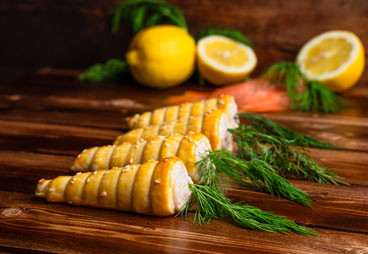
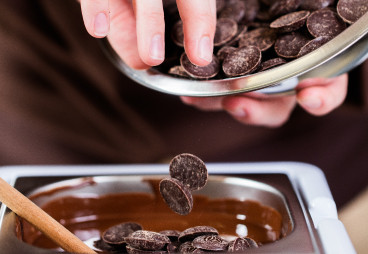
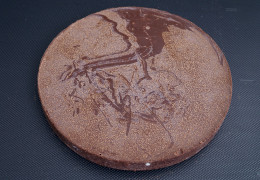
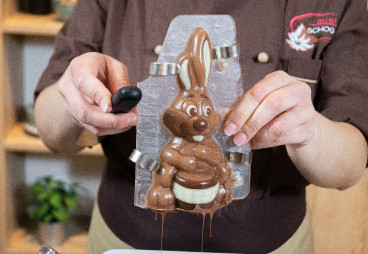



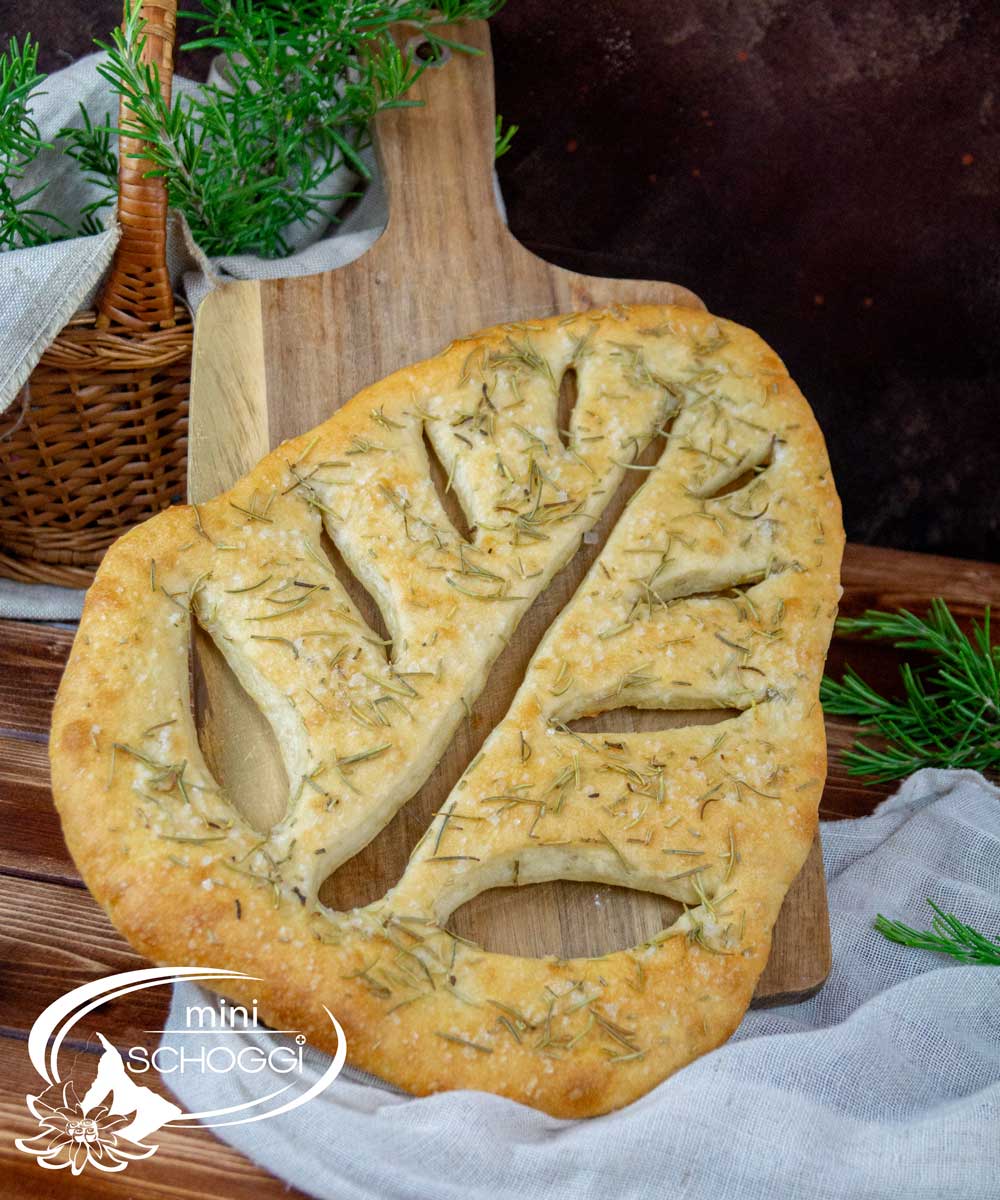
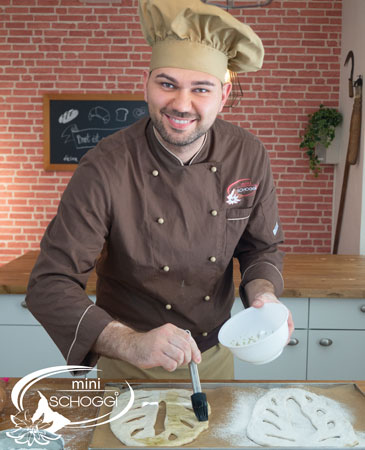

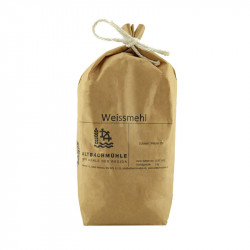


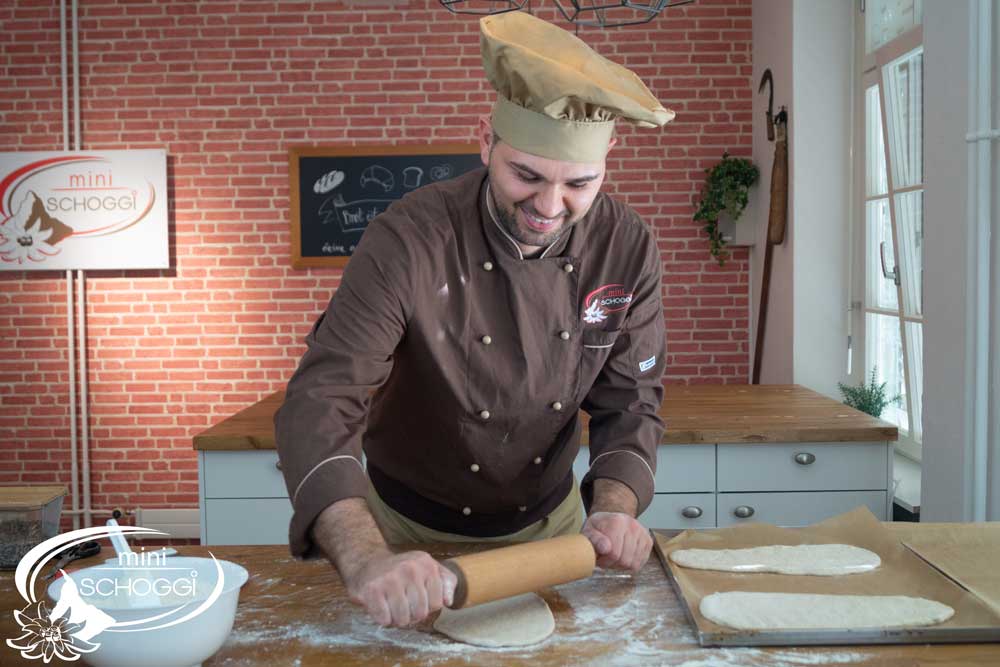

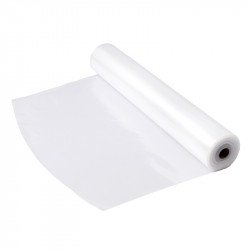
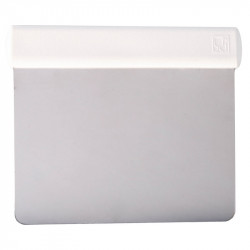
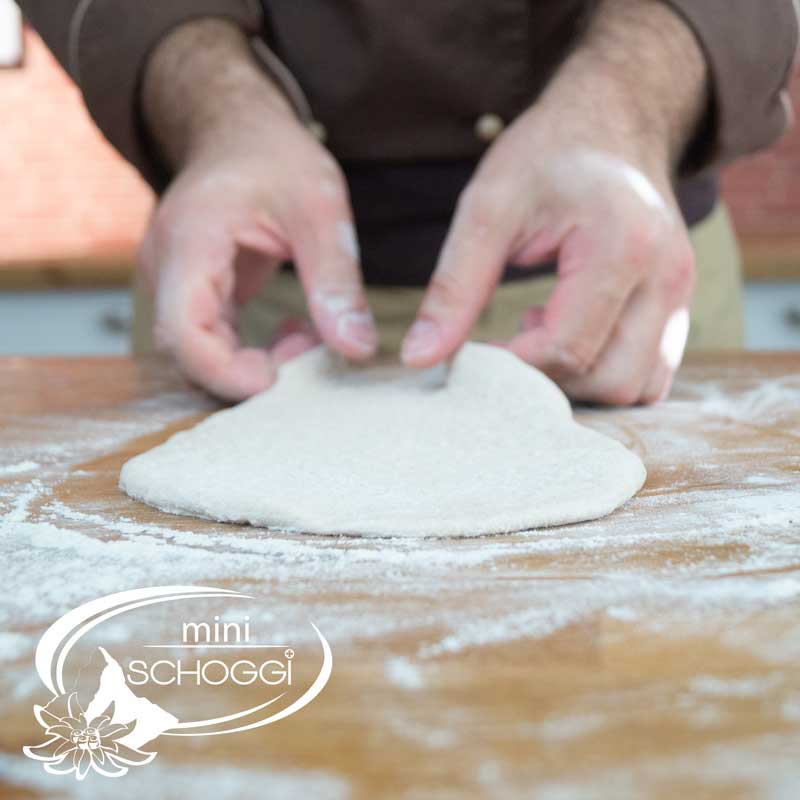
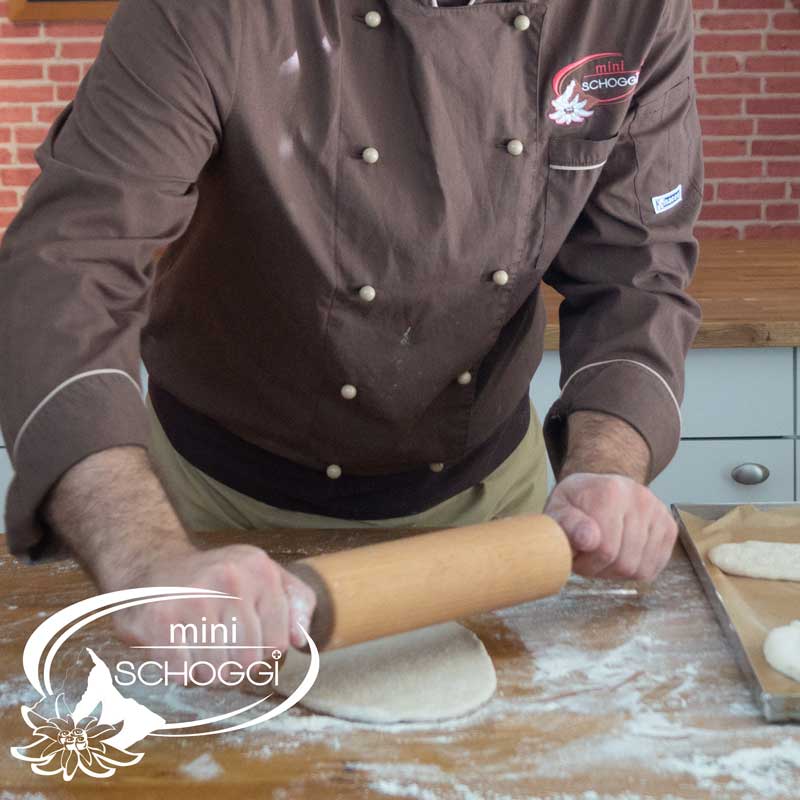
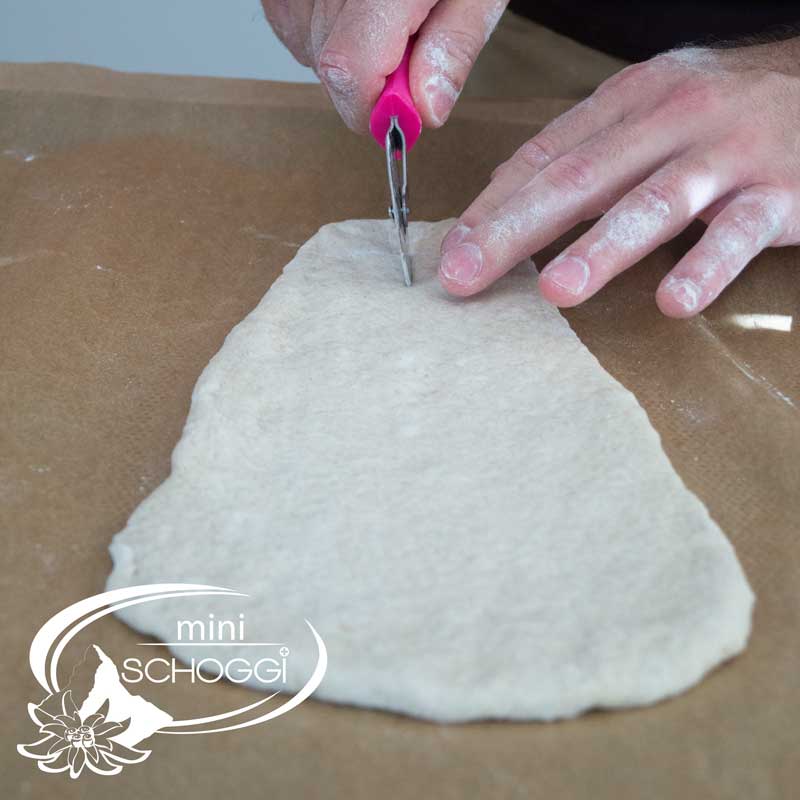
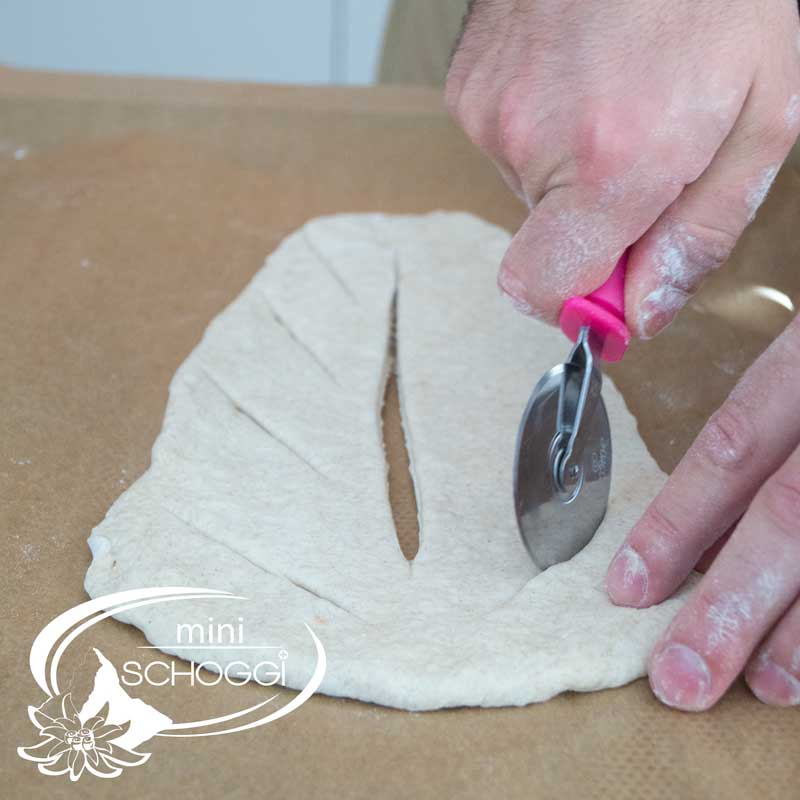
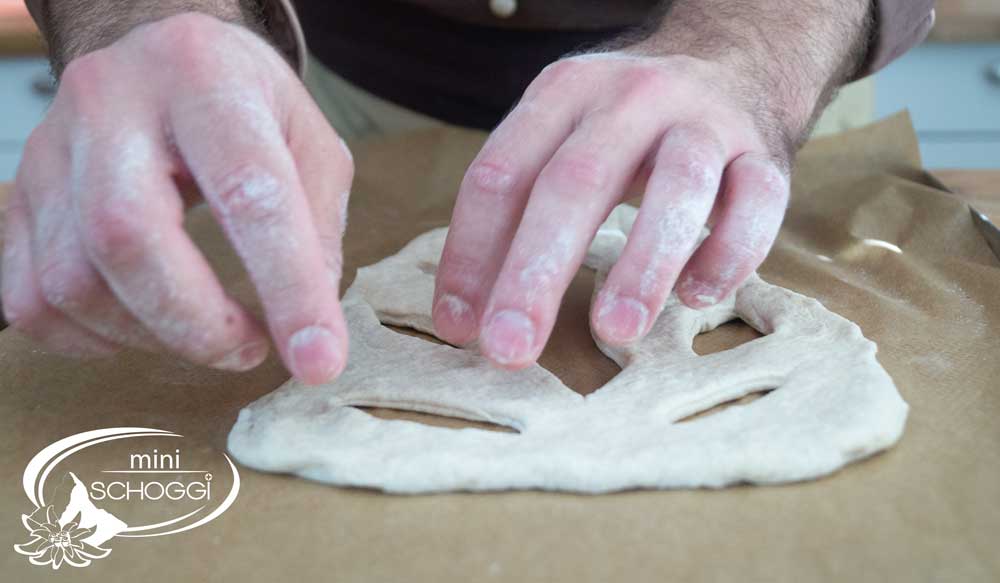
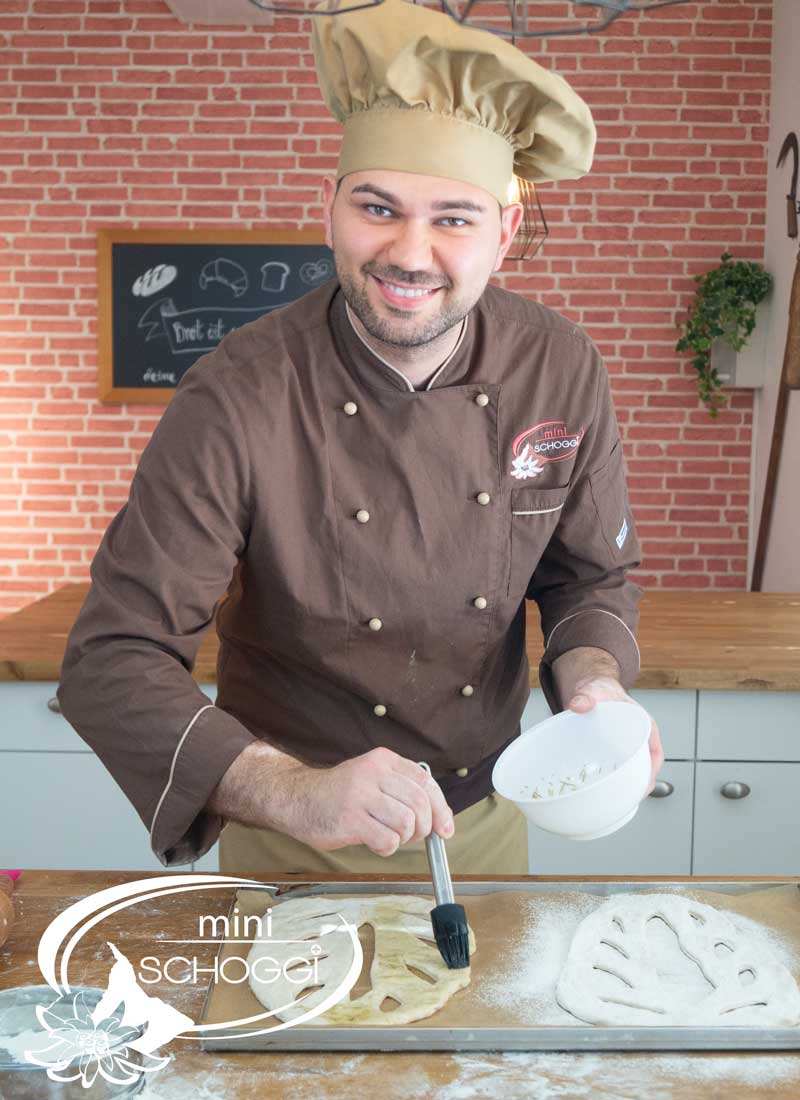
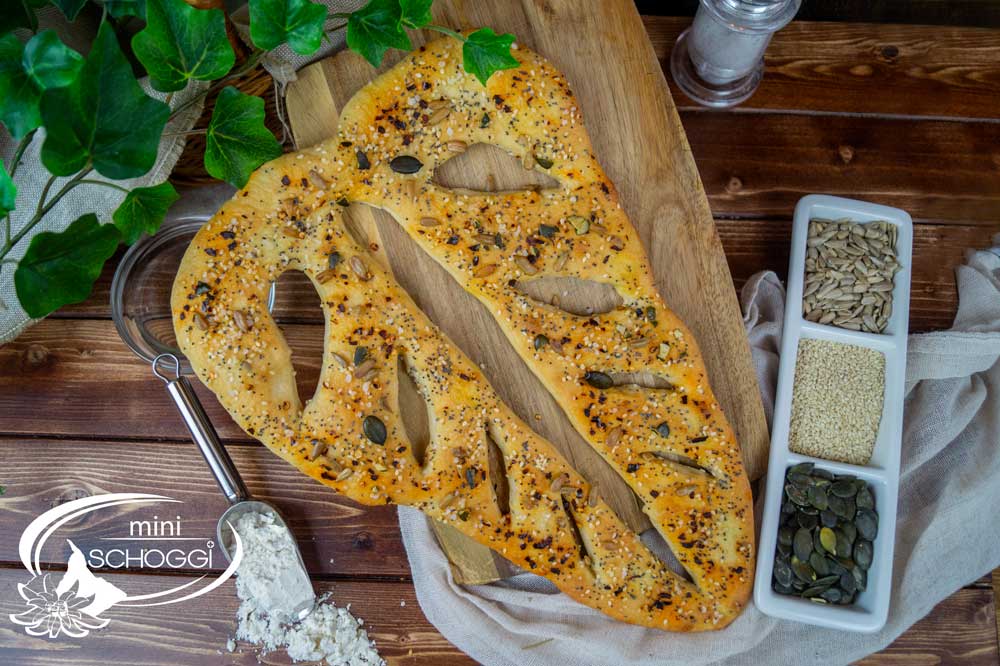

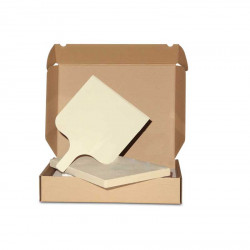
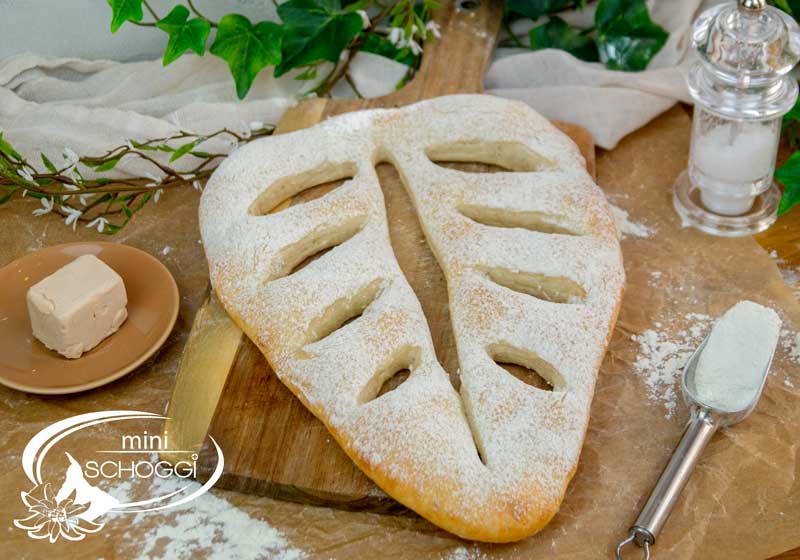


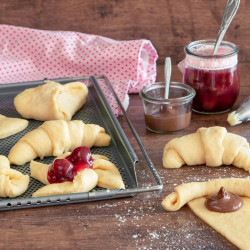
Leave a comment